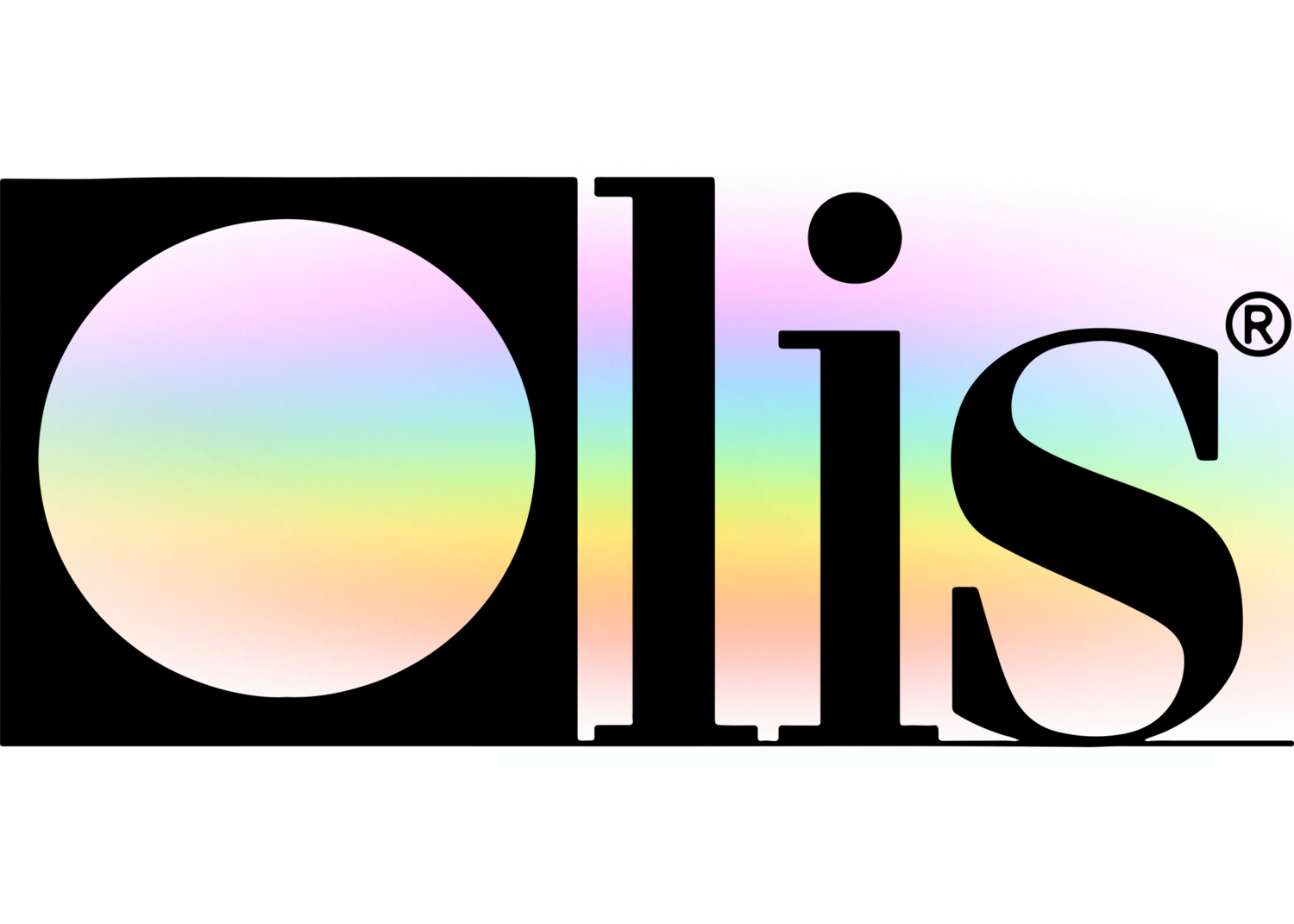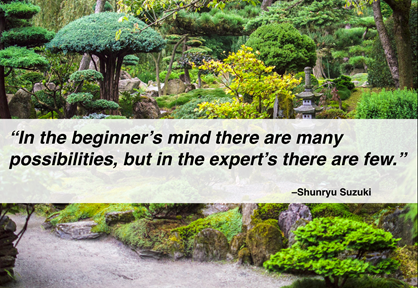The 30-Second Trick For Spectrophotometers
The 30-Second Trick For Spectrophotometers
Blog Article
Some Known Incorrect Statements About Uv/vis/nir
Table of ContentsAn Unbiased View of Uv/vis/nir7 Easy Facts About Spectrophotometers ShownUv/vis/nir for BeginnersThe Ultimate Guide To Uv/visThe Main Principles Of Uv/vis All about Circular DichroismGetting The Circular Dichroism To WorkSpectrophotometers Things To Know Before You BuyA Biased View of Circularly Polarized LuminescenceFacts About Circularly Polarized Luminescence UncoveredThe smart Trick of Uv/vis That Nobody is Talking AboutThe 4-Minute Rule for Circular DichroismThe Greatest Guide To Circularly Polarized Luminescence
It is then scanned through the sample and the recommendation solutions. Portions of the occurrence wavelengths are transferred through, or reflected from, the sample and the reference. Electronic circuits transform the relative currents into direct transmission portions and/or absorbance/concentration values.The transmission of a reference substance is set as a standard (datum) worth, so the transmission of all other substances are taped relative to the initial "zeroed" substance. The spectrophotometer then transforms the transmission ratio into 'absorbency', the concentration of specific elements of the test sample relative to the initial compound.
Given that samples in these applications are not readily available in big amounts, they are particularly matched to being analyzed in this non-destructive method. In addition, valuable sample can be conserved by utilizing a micro-volume platform where just 1u, L of sample is required for total analyses. A brief explanation of the treatment of spectrophotometry includes comparing the absorbency of a blank sample that does not consist of a colored compound to a sample that consists of a colored compound.
Some Known Details About Circularly Polarized Luminescence
In biochemical experiments, a chemical and/or physical home is picked and the procedure that is utilized specifies to that residential or commercial property in order to derive more info about the sample, such as the amount, pureness, enzyme activity, and so on. Spectrophotometry can be utilized for a variety of methods such as figuring out optimum wavelength absorbance of samples, determining ideal p, H for absorbance of samples, identifying concentrations of unidentified samples, and determining the p, Ka of different samples.: 21119 Spectrophotometry is likewise a handy procedure for protein filtration and can also be used as an approach to create optical assays of a compound.
It is possible to understand the concentrations of a 2 component mixture using the absorption spectra of the basic options of each component. To do this, it is essential to know the termination coefficient of this mixture at two wave lengths and the extinction coefficients of options that consist of the recognized weights of the two components.

More About Circularly Polarized Luminescence
Area. The concentration of a protein can be estimated by determining the OD at 280 nm due to the existence of tryptophan, tyrosine and phenylalanine.
This technique requires a spectrophotometer capable of measuring in the UV region with quartz cuvettes.: 135 Ultraviolet-visible (UV-vis) spectroscopy involves energy levels that delight electronic shifts. Absorption of UV-vis light excites particles that are in ground-states to their excited-states.
These curves can be used to evaluate a new batch of colorant to check if it makes a match to specifications, e
Traditional visible standard noticeable area not detect if a colorant or the base material has fluorescence. This can make it tough to handle color concerns if for example one or more of the printing inks is fluorescent. There are two major setups for visual spectrum spectrophotometers, d/8 (spherical) and 0/45.
Scientists use this instrument to measure the amount of substances in view publisher site a sample. In the case of printing measurements two alternative settings are commonly used- without/with uv filter to control better the effect of uv brighteners within the paper stock.
Little Known Questions About Uv/vis.
Some applications need little volume measurements which can be performed with micro-volume platforms. As described in the applications section, spectrophotometry can be used in both qualitative and quantitative analysis of DNA, RNA, and proteins. Qualitative analysis can be used and spectrophotometers are used to tape spectra of compounds by scanning broad wavelength areas to identify the absorbance homes (the intensity of the color) of the compound at each wavelength.

Circular Dichroism Things To Know Before You Get This
One major factor is the kind of photosensors that are available for various spectral regions, but infrared measurement is likewise challenging because practically whatever discharges IR as thermal radiation, particularly at wavelengths beyond about 5 m. Another problem is that numerous materials such as glass and plastic absorb infrared, making it incompatible as an optical medium.
2013. p. 13. Allen, DW; Cooksey, C; Tsai, BK (Nov 13, 2009). "Spectrophotometry". Retrieved Dec 23, 2018. Ninfa AJ, Ballou DP, Benore M (2010 ). Essential Lab Approaches for Biochemistry and Biotechnology (second ed.). Hoboken: Wiley & Sons. ISBN 9780470087664. OCLC 488246403. Schwedt G (1997 ). The vital guide to analytical chemistry.
Oke, J. B.; Gunn, J. E.
Circular Dichroism Things To Know Before You Get This

Ninfa AJ, Ballou DP, Benore M (2015 ). Essential Laboratory Techniques for Biochemistry and Biotechnology (3, rev. ed.). UV/Vis. Lab Equipment.
The Best Guide To Uv/vis
"Applied Spectrophotometry: Analysis of a Biochemical Mixture". Biochemistry and Molecular Biology Education. Journal of Biochemistry Education.
Fascination About Spectrophotometers
U.S. Department of Commerce National Bureau of Standards special publication; 378. Washington, D.C.: U.S. National Bureau of Standards. p. 2. OCLC 920079.
The process begins with a regulated source of light that illuminates the evaluated sample. When it comes to reflection, as this light connects with the sample, some is taken in or emitted. The discharged light travels to the detector, which is analyzed, measured, and presented as industry-standard color scales and indices.
All terms are examined over the noticeable spectrum from 400 to 700 nm. In the case of transmission, when the light connects with the sample, it is either taken in, shown, or sent.
6 Easy Facts About Circularly Polarized Luminescence Described
Examples include APHA (American Public Health Association) for watercolor and pureness analysis, ASTM D1500 for petrochemical color analysis, edible oil indices used in food, and color analyses of beverages. The simplified mathematics appears like this:. Where T is the transmission coefficient. All terms are assessed over the visible spectrum from 400 to 700 nm.
Image Credit: Matej Kastelic/ Dr. Arnold J. Beckman and his colleagues at the National Technologies Laboratories first invented the spectrophotometer in 1940. In 1935 Beckman founded the business, and the discovery of the spectrophotometer was their most ground-breaking innovation.
Circular Dichroism Can Be Fun For Anyone
Over time, researchers kept improving the spectrophotometer design to boost its performance. The UV capabilities of the model B spectrophotometer were enhanced by replacing the glass prism with a quartz prism.
Normally, a spectrophotometer is made up of 2 instruments, namely, a spectrometer and a photometer. A fundamental spectrophotometer consists of a light source, a monochromator, a collimator for straight light beam transmission, a cuvette to put a sample, and a photoelectric detector.
Circularly Polarized Luminescence Can Be Fun For Everyone
There are various kinds of spectrophotometers in numerous shapes and sizes, each with its own function or functionality. A spectrophotometer figures out how much light is reflected by chemical components. circularly polarized luminescence. It determines the distinction in light strength based on the overall amount of light presented to a sample and the quantity of light beam that passes through the sample solution
A spectrophotometer is utilized to figure out the concentration of both colorless and colored solutes in a solution. This instrument is used to figure out the rate of a reaction.
Report this page